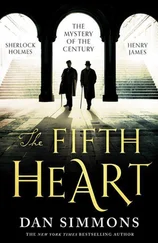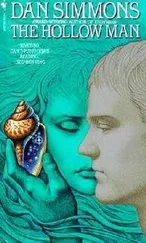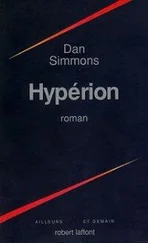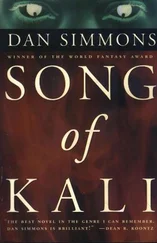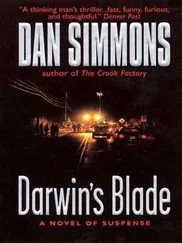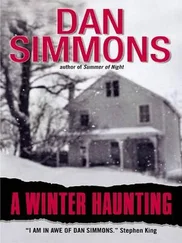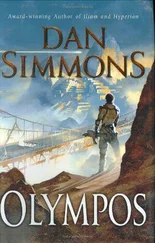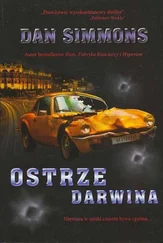Numinous , the teacher and poet and historian Doane Robinson tells him, means everyday things charged and alive with spiritual or supernatural meaning surpassing all normal comprehension.
Paha Sapa almost laughs. He does not tell Mr. Robinson that his—Paha Sapa’s—life was numinous up until the time it was taken over by wasichus and the Wasicun world.
The world of his childhood was literally alive with unseen meaning and connections and miracles; even the stones had lives and stories. The trees held sacred secrets. The prairie grasses stirred with truths half heard in whispers from the spirits that surrounded him and his band of Natural Free Human Beings. The sun was as real a being as his honorary grandfather or the other men walking past him in the daylight; the stars over the plains shivered from the breath of the dead walking up there; and the mountains on the horizon watched and waited for him with their revelations.
Numinous. Paha Sapa almost smiles when Doane Robinson teaches him that wonderful word.
But Paha Sapa’s childhood was not all mystical portent and magical small-vision-backward-or-forward-touching of other people’s memories or fates.
For most of his childhood, Paha Sapa was just a boy. Having no living parents was not a hardship for him—certainly not as large a problem as having such an odd name—since Lakota boys were not taught, trained, punished, praised, and raised by their parents. All Lakota parents were benevolently uninvolved with their kids to the point of polite indifference. It was the other boys in the village who taught Paha Sapa almost everything he needed to know from the time he was old enough to toddle away from Raven’s Hair’s tit, including where to go outside the village to take a shit and which reeds or grasses it was safe to wipe his bottom with.
Lakota boys had few duties—other than watching over the grazing pony herd in the daytime when they grew old enough for that—and Paha Sapa played from early morning until after dark. After dark he sat at the campfire as long as Three Buffalo Woman or Limps-a-Lot would let him and listened to his elders there talk and tell stories in the glow of the fire.
There were winter games and summer games for Paha Sapa to play. There were games with sticks and games with hide-wrapped balls and games with the river they almost always camped near and games with hands and games that involved horses. Most of the boy-games that Paha Sapa took part in involved shoving, pushing, the occasional fistfight, and more than occasional injuries. That was fine with Paha Sapa. He might not be training to be a warrior—he was, at that time, not sure yet—and did not spend much time thinking about whether he would be a wičasa wakan , a holy man, like his beloved tunkašila Limps-a-Lot, but he loved rough play and didn’t mind facing down even larger boys in a fight.
A lot of the boy-games were war games—preparation—and one that Paha Sapa especially enjoyed was when the young boys, with a few older ones, would go off onto the prairie on their own and make their own boy-village, complete with grass tipis. And then they would plan their raid on the real village. The band would have an older-boy adviser, and that boy would send them off to steal some meat from the village of the big people. This was serious enough to be exciting, since the women—much less the warriors—would cuff and kick any boy found stealing meat.
Paha Sapa and the others crawled on their bellies through the high grass, just as if they were attacking a Crow or Pawnee or Cheyenne or Blackfoot or Shoshoni village rather than their own, and then they had to creep up on the meat (buffalo tongue was the best) hanging to dry or waiting to be cooked—or even steal it from someone’s tipi—and then run away and get back to the boy-village without being caught or run down by an irritated warrior on his horse. Once back at their grass-tipi village, the boys would build their own fire and roast the meat while telling made-up stories of their bravery and their kills—kill-talks, the real warriors called such bragging—and often an older boy would hold the roasted and sizzling and dripping tongue on a stick, as high as he could hold it, and the younger boys would leap to bite off a piece. Those who could not leap high did not eat.
All the boys had little bows made for them by their fathers or uncles or some friendly warrior, but the arrows had few feathers and had blunt knobs rather than stone- or steel-barbed points on the end. Still, they hurt when they struck, and the boys spent much time stalking one another in groups along the banks of the river or in the willow groves or out in the wind-moving high grass. Decades later, Paha Sapa remembers the excitement of those boy-hunts.
When Paha Sapa got a little older—although he never grew very tall—he would join the oldest boys in their game called Throwing-Them-Off-Their-Horses. The boys were always naked when they played this game, and in many ways it was less of a game than a real battle without dead bodies at the end of it. They especially enjoyed playing it when there were several bands, most larger than Paha Sapa’s little band under their leader, Angry Badger, pitching their lodges together near Bear Butte or in one of the better sheltered valleys.
The boys would group themselves in various teams, smear their naked bodies with berry juice, clay, and other stains approximating warrior paint, and then line their horses up and charge at one another, coming together with many shouts and yells and the crashing of rearing, screaming horses in the dust. The naked boys would seize one another and tug and pull and shove and elbow and strike out with their fists. When a boy fell to the ground, he was dead and had to stay dead. The last boy still on his horse was the winner of the battle and could tell his kill-stories around the boy-fires that night.
Sometimes Paha Sapa stayed on his horse during Throwing-Them-Off-Their-Horses, but more often—because he was short and slim—he was thrown heavily to the ground, once landing on a prickly pear bush. Three Buffalo Woman had spent hours that night carefully pulling thorns out of Paha Sapa’s legs and back and belly and backside, while Limps-a-Lot smoked his regular smoking pipe and chuckled from time to time. The next morning, Paha Sapa went out to play the game again, although he did try to sit lightly on the horse’s bare back, since his equally bare butt was sore and swollen.
There were other summer games like Ta-hu-ka-can-kle-ska , between the boys, ball games with balls made of scraps of buckskin wound into a wad and covered with more buckskin sewn together by sinew. Later, when Paha Sapa is playing on the Keystone baseball team that Gutzon Borglum has his men join each summer, competing with all the surrounding South Dakota towns and clubs—sometimes Borglum hires men to work on carving Mount Rushmore specifically because they are good at baseball—Paha Sapa often thinks of the small, hard hide Ta-hu-ka-can-kle-ska balls of his childhood. They were hit with specially prepared ash sticks—and hit while the boy was running—and the Ta-hu-ka-can-kle-ska balls were very hard and lasted as long as or longer than the Wilson and Rawlings hardballs that Borglum’s baseball team plays tournaments with.
Both the boys and girls in Paha Sapa’s band had as many games to play in the winter as they did in summer. Many of these were sticks-sliding-on-ice-or-snow games like Hu-ta-na-cu-te for the boys or Pte-hes-te or Pa-slo-han-pi for the girls. Sometimes when there were hills nearby, the older boys made sleds—called can-wo-slo-han —from the rib cages of buffalo or elk, with runners made from bone, and sometimes the boys allowed the girls to ride downhill or along the frozen river with them in their can-wo-slo-han.
Читать дальше

